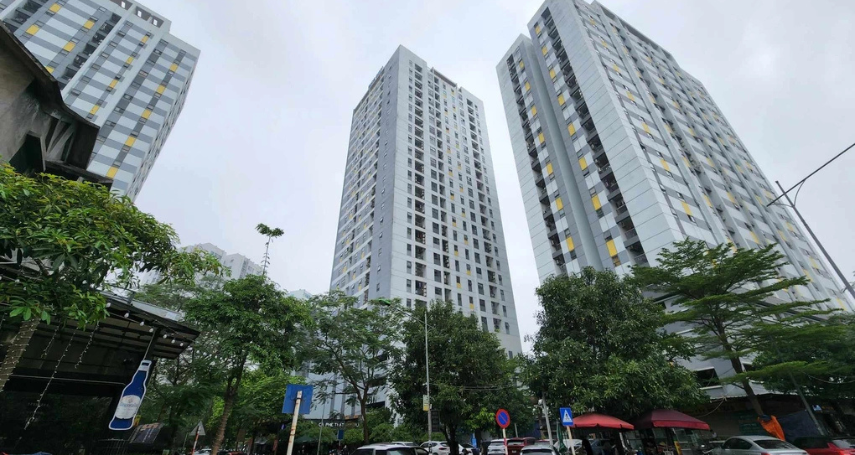Rapid increase in social housing prices at the end of 2025
Currently, the real estate market is witnessing a sharp surge in social housing prices, similar to the price hikes seen previously in high-end apartment projects. Many existing social housing developments are now priced at nearly VND 60 million per square meter, while newly launched projects are being sold at significantly higher prices than before.

Reasons behind the rising social housing prices
Rising costs of construction materials and labor
One of the main reasons for the surge in social housing prices is the sharp increase in construction material costs. Prices of cement, steel, stone, and bricks have all risen by 25–35%.
In addition, labor costs have also gone up due to a shortage of unskilled workers and the increasing technical requirements in construction. The rise in minimum wages has further pushed labor costs up by approximately 15–20%.
Policy changes increasing input costs
According to new regulations, developers are now required to pay land-use fees for the commercial areas within social housing projects, which has significantly raised overall investment costs.
Previously, profits from these commercial areas were used to offset and lower the selling price of social housing units. However, this policy change has increased total construction expenses.
Moreover, value-added tax (VAT) is now included in the total cost of constructing social housing, thereby raising both selling and rental prices.
Upgraded amenities driving up prices
To meet the growing demand for better living standards, many developers have upgraded the amenities within social housing complexes. These now include shopping centers, swimming pools, gyms, yoga studios, schools, supermarkets, and modern parking facilities. Such improvements in quality and convenience have also contributed to higher housing prices.
Social housing policies and price control solutions
Current regulations
Under current laws, social housing prices are calculated based on total construction costs plus a fixed profit margin of 10%, with final prices approved by the provincial People’s Committee. However, differences in project design, scale, and construction type have led to significant price disparities between projects.
Solutions to control social housing prices
Experts suggest that a price ceiling should be established to prevent developers from exceeding the allowable profit margin. At the same time, flexible policy adjustments and tighter cost control measures are necessary to keep social housing prices aligned with the financial capabilities of low-income groups, ensuring the sustainable development of the housing market.
The surge in social housing prices stems from multiple factors, including higher material and labor costs, tax policy changes, and improved project amenities. To ensure that social housing truly serves as an affordable and stable home option for low-income residents, it is crucial to implement effective policy oversight and price control mechanisms to maintain market stability and prevent uncontrolled price escalation similar to that seen in the luxury housing segment.
See also:
- Experience in Finding Serviced Offices: Convenient – Cost-Saving – Efficient
- Choosing business premises by industry: Fashion, F&B, Services
- 5 Potential Areas for Leasing Business Premises in Ho Chi Minh City
(Source: Cafef.vn)




